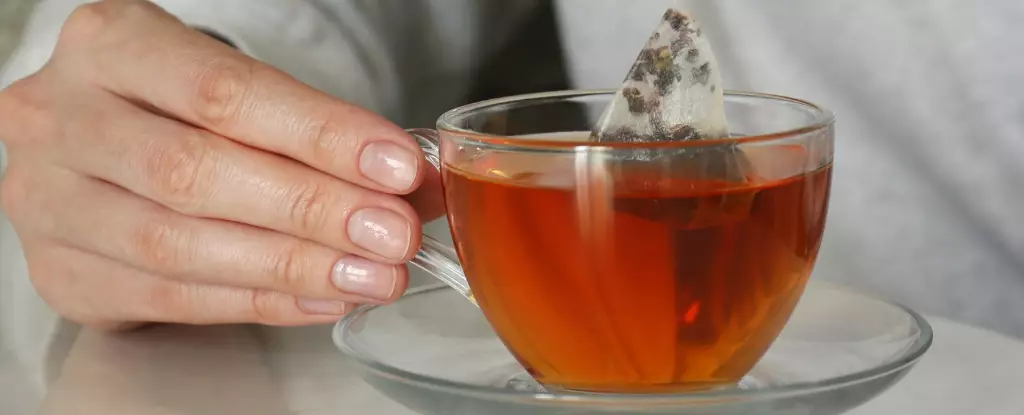The impact of microplastics on our environment and health has become an increasingly pressing issue. Once regarded as mere nuisances, these tiny plastic particles have infiltrated every facet of our lives, from the food we consume to the air we breathe. A recent study conducted by a team at the Autonomous University of Barcelona has shed light on an alarming source of microplastics: tea bags. The revelation that tea bags can release billions of micro- and nanoplastic (MNPL) particles into our beverages is both shocking and troubling.
Researchers embarked on a comprehensive analysis of various commercially available tea bags, discovering a staggering amount of MNPLs released into just a millimeter of water. Polypropylene tea bags were found to be the most significant offenders, releasing approximately 1.2 billion particles per milliliter. This finding is particularly disheartening, as many consumers consider tea a healthy beverage choice. The contrasting results among different materials—cellulose and nylon-6 bags, for instance—underscore the complexity of the issue. Cellulose bags released around 135 million particles, while nylon-6 bags contributed a comparatively smaller 8.18 million particles per milliliter.
These results have profound implications for consumer choices and public health. They force us to reconsider what we deem safe for consumption, particularly in light of the pervasive presence of plastics in our daily lives.
The research team’s methodology was as impressive as its findings. By employing advanced laser techniques to analyze the properties of the released particles, they provided an in-depth picture of the chemical makeup of MNPLs. Their investigations revealed significant differences in size and behavior, further complicating the narrative around plastic ingestion. For instance, while polypropylene particles were considerably smaller on average than cellulose particles, their sheer volume poses significant risks.
Alba García-Rodríguez, a microbiologist involved in the study, emphasized the novel approaches used to characterize these pollutants. Understanding the precise interactions of MNPLs with human biological systems is crucial, especially given the potential implications for health. The absorption of these particles into our bodies raises concerns about how they might affect cellular function, signaling a need for heightened public awareness and further research.
One of the most concerning aspects of the study was how MNPLs interacted with human intestinal cells. The researchers found that these microparticles could penetrate mucus-producing cells, ultimately reaching the cell nucleus. This demonstrates a potential pathway for plastic to disrupt normal cellular function. The biological reactions elicited by different polymers can lead to varying health effects, from immune system responses to more severe long-term outcomes such as genotoxicity and carcinogenicity.
As the research suggests, the polymer composition not only influences how plastics interact with biological structures but also affects their toxicity profiles. What is particularly alarming is the possibility that chronic exposure to these particles could predispose individuals to inflammatory conditions like inflammatory bowel disease.
The study’s authors advocate for urgent action to establish standardized practices around plastic use in food packaging. As microplastics increasingly threaten human health and ecosystems, it is imperative for policymakers and scientists to collaborate towards solutions. While consumer behavior can contribute to mitigating this issue—increased awareness and reduced reliance on plastic products will help—the onus also lies with manufacturers and regulatory bodies.
As consumers, we must become more discerning about our choices, weighing the benefits of our daily rituals, like enjoying a cup of tea, against their hidden dangers. The revelation of microplastics in tea bags serves as a crucial reminder of our responsibility to demand cleaner, safer options in our food supply.
This research underscores an urgent need for greater scrutiny of the materials we use every day. As the world grapples with the challenges posed by persistent microplastics, conversations around public health, safety, and environmental responsibility must remain at the forefront.


Leave a Reply